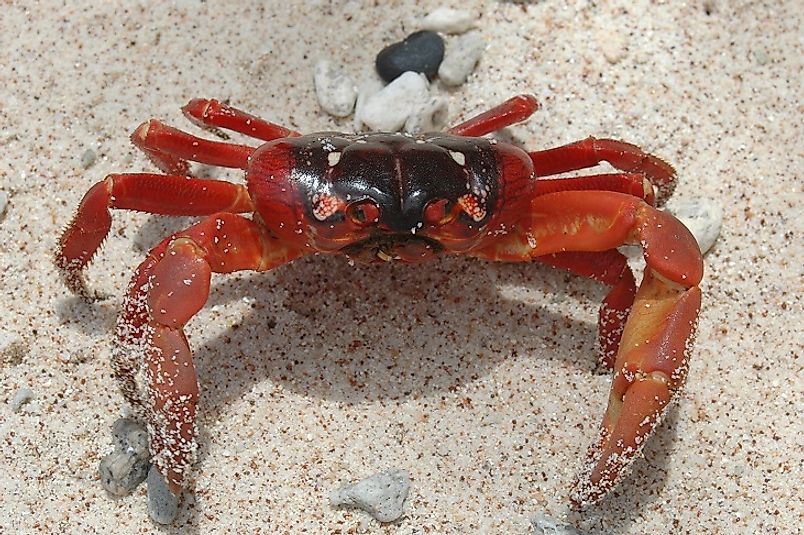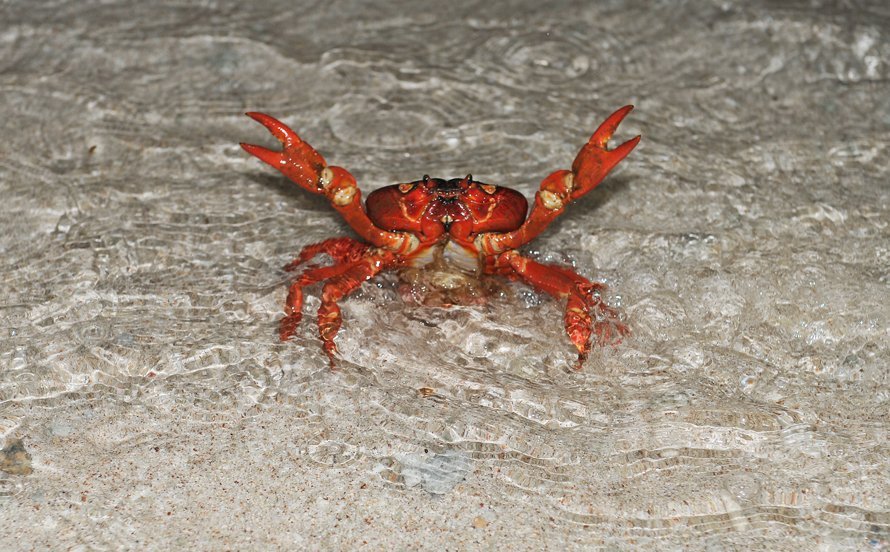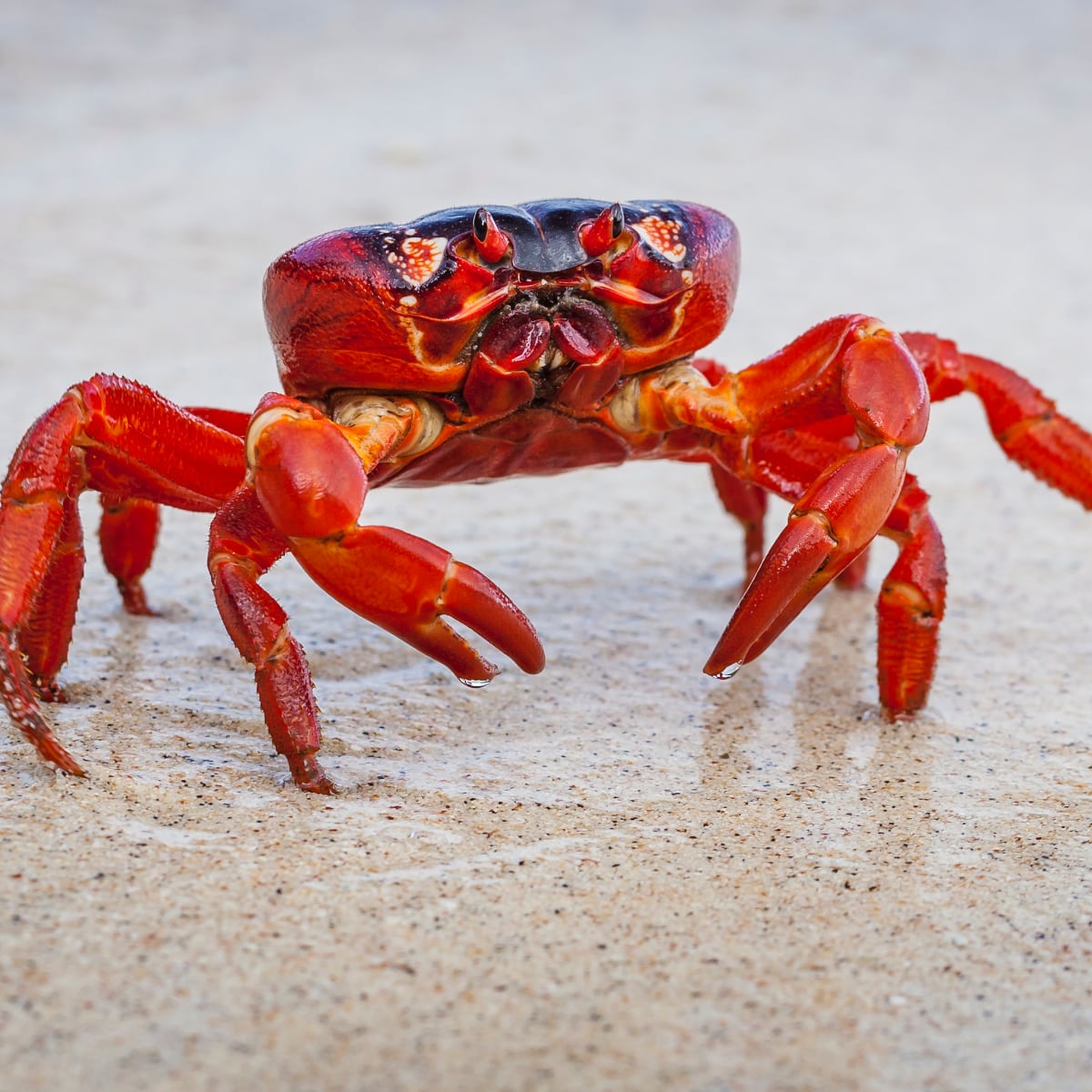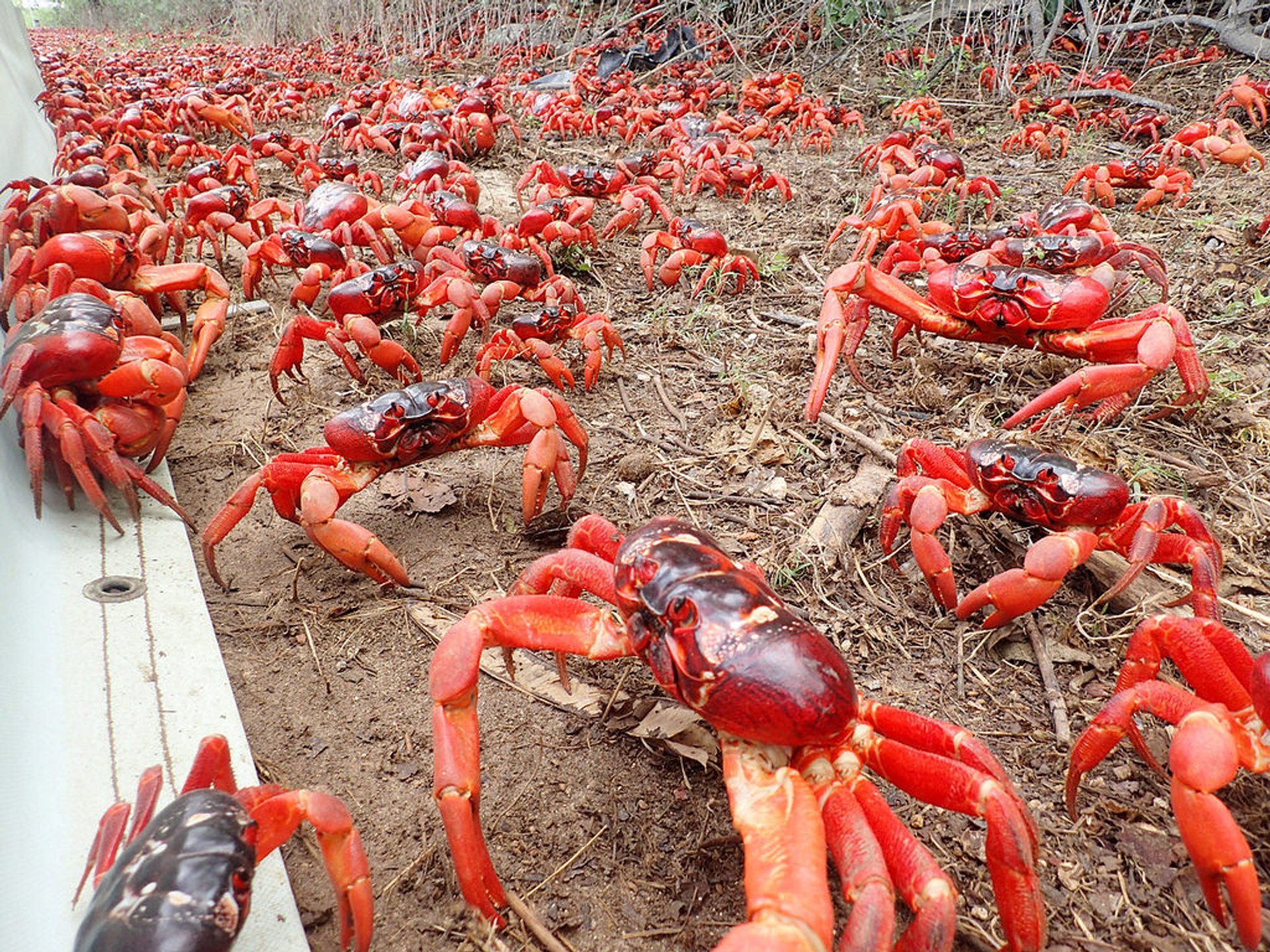Christmas Island Red Crab Size 2024: A Comprehensive Analysis
Related Articles: Christmas Island Red Crab Size 2024: A Comprehensive Analysis
- Christmas Island Red Crab Lifespan: An In-Depth Exploration (2024)
- Christmas In July: A Festive Mid-Year Celebration
- Christmas Images With Jesus, Mary, And Joseph: A Timeless Tradition For 2024
- Christmas Inspirational Poem 2024
- Christmas Images No Color 2024: A Timeless Tradition
Introduction
With great pleasure, we will explore the intriguing topic related to Christmas Island Red Crab Size 2024: A Comprehensive Analysis. Let’s weave interesting information and offer fresh perspectives to the readers.
Table of Content
Video about Christmas Island Red Crab Size 2024: A Comprehensive Analysis
Christmas Island Red Crab Size 2024: A Comprehensive Analysis
:max_bytes(150000):strip_icc()/GettyImages-144804688-9f690c3f0e0e4590b2d3a9212b08cdc5.jpg)
Introduction
The Christmas Island red crab (Gecarcoidea natalis) is an iconic species endemic to Christmas Island, a remote territory in the Indian Ocean. These crabs are renowned for their vibrant red coloration and their spectacular annual migration, during which millions of individuals synchronize their movements to travel en masse to the ocean to breed. Due to the crab’s cultural and ecological significance, monitoring their population and understanding their life cycle is crucial for conservation efforts. This article presents an in-depth analysis of the Christmas Island red crab size in 2024, exploring various factors influencing their growth and development.
Growth Patterns and Size Distribution
Christmas Island red crabs exhibit distinct growth patterns throughout their life cycle. Juveniles typically measure around 1-2 cm in carapace width and gradually increase in size as they mature. Adult crabs generally reach a carapace width of 11-15 cm, with some individuals exceeding 20 cm. The size distribution of the population follows a normal distribution, with the majority of individuals falling within the 11-15 cm range.
Factors Influencing Crab Size
Several factors contribute to the variability in crab size among individuals. These include:
- Genetics: Genetic factors play a significant role in determining an individual crab’s growth potential. Some crabs may inherit genes that predispose them to larger or smaller sizes.
- Nutrition: Access to food resources significantly impacts crab growth. Crabs that have a consistent supply of nutritious food, such as fallen fruits and leaves, tend to grow larger than those with limited food availability.
- Competition: Competition for resources, such as food and shelter, can influence crab size. In areas with high population densities, crabs may have to compete more intensely for resources, which can hinder their growth.
- Predation: Predation by animals such as birds, lizards, and rats can affect crab size. Crabs that are frequently preyed upon may have reduced growth rates or may not reach their full potential size.
Size Trends Over Time
Monitoring the size of Christmas Island red crabs over time is essential for assessing the health and stability of the population. Long-term studies have shown that the average crab size has remained relatively stable in recent years. However, there have been some fluctuations in size distribution, with a slight decrease in the proportion of larger crabs observed in some areas.
Size Projections for 2024
Predicting the size of Christmas Island red crabs in 2024 is challenging due to the influence of various environmental and biological factors. However, based on current population trends and historical data, it is likely that the average crab size will remain within the typical range of 11-15 cm. Factors such as climate change, changes in food availability, and predation pressure could potentially impact crab size, but it is difficult to quantify their effects accurately.
Implications for Conservation
Understanding the size distribution of Christmas Island red crabs is crucial for conservation efforts. Larger crabs are more likely to produce a greater number of offspring, contributing to the overall reproductive success of the population. Additionally, larger crabs may be more resilient to environmental stressors, such as extreme weather events. Monitoring crab size can provide valuable insights into the health of the population and help identify potential threats to their survival.
Conclusion
The size of Christmas Island red crabs is a complex trait influenced by a combination of genetic, environmental, and biological factors. By analyzing the size distribution of the population and tracking changes over time, researchers can gain a deeper understanding of the crab’s life history and identify potential threats to their conservation. Maintaining a stable and healthy crab population is essential for the ecological balance of Christmas Island and for preserving this iconic species for future generations.







Closure
Thus, we hope this article has provided valuable insights into Christmas Island Red Crab Size 2024: A Comprehensive Analysis. We appreciate your attention to our article. See you in our next article!

